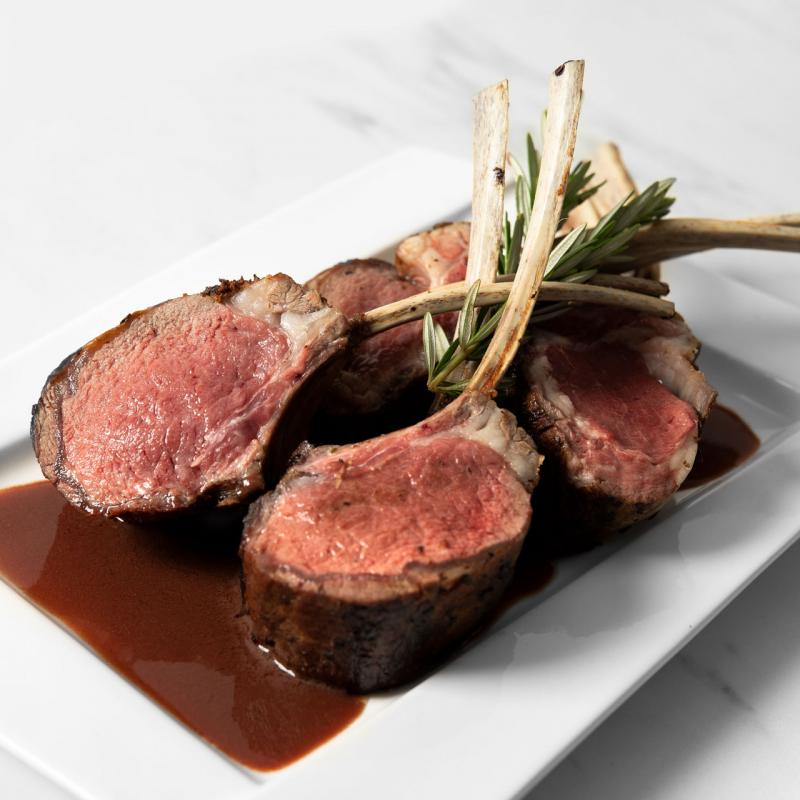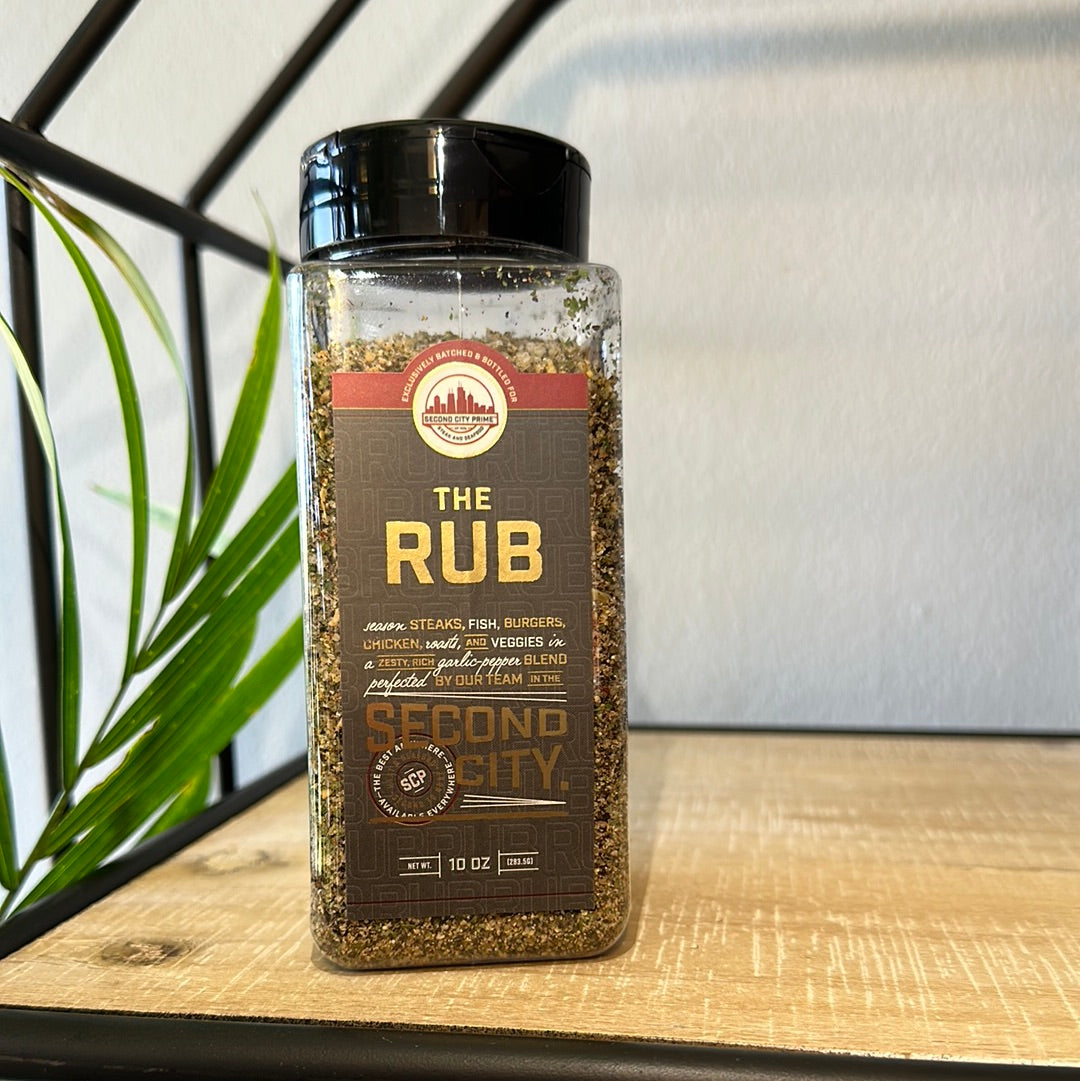The Art of Grinding: Expert Techniques for the Perfect Wagyu Burger
When it comes to creating the ultimate Wagyu burger, the grinding process is perhaps the most critical—and often overlooked—step. Wagyu’s extraordinary marbling and delicate fat structure demand special care to ensure its qualities are preserved during grinding. This comprehensive guide covers expert grinding methods, best practices, and professional tips to help you get the most out of this premium beef.
Why Grinding Technique Matters for Wagyu
Fat Preservation Is Critical
- Wagyu fat melts at a lower temperature (~77°F / 25°C).
- Friction from grinding can prematurely melt fat, causing smearing and texture loss.
- Distinct fat particles are key to Wagyu’s signature juiciness and flavor.
Texture Development
- Proper grinding preserves separate particles of meat and fat.
- This separation creates moisture-trapping pockets for juicy burgers.
- Incorrect grinding results in dense, pasty burgers that miss Wagyu’s potential.
Professional Equipment Options
1. Commercial Meat Grinders
- Stainless steel construction retains cold temps.
- Multiple plate sizes for texture customization.
- Optional cooling features and variable speeds.
2. KitchenAid Grinder Attachment
- All-metal version preferred over plastic.
- Comes with coarse and fine plates.
- Reliable for home use without commercial investment.
3. Food Processor (Last Resort)
- Use pulse control—never continuous grinding.
- Process in small, chilled batches.
- Stop before the meat gets paste-like.
The Perfect Grind Size for Wagyu Burgers
Medium-Coarse Grind (Recommended)
- Plate size: 3/16" to 1/4" (4.8mm–6.4mm).
- Best for ¾" to 1" thick patties.
- Preserves fat structure and texture balance.
Fine Grind (For Specific Use)
- Plate size: 1/8" (3.2mm).
- Use for smash burgers, lean meat blends, or dense texture preference.
Double Grinding Method (Pro Technique)
- First grind: Coarse plate (¼" or 6.4mm).
- Chill the meat again for 15–30 minutes.
- Second grind: Medium plate (3/16" or 4.8mm).
Benefit: Best texture and fat distribution.
Temperature Control: The Most Important Factor
Pre-Grinding
- Chill meat to 28–30°F (-2°C to -1°C), but not frozen solid.
- Cut into 1" cubes for faster, gentler grinding.
- Freeze grinder parts 30 mins before use.
During Grinding
- Grind quickly—within 5 minutes if possible.
- Keep meat below 35°F (1.7°C).
- Use a stainless bowl inside an ice bath.
- Minimize hand contact to avoid warming the meat.
Post-Grinding
- Refrigerate immediately.
- Store loosely packed.
- Form patties while meat is cold, with minimal handling.
The Best Wagyu Cuts for Grinding
Premium Cuts
- Ribeye: Rich flavor, perfect fat-to-lean ratio.
- Chuck eye: Bold beef flavor with great marbling.
- Short rib: Intense flavor and fat content.
- Brisket point: Deep flavor, balanced fat.
Value-Friendly Options
- Chuck: Classic burger cut with excellent texture.
- Plate: Affordable with good marbling.
- Sirloin flap: Balanced fat and flavor.
- Trim: Use trimmings from premium cuts.
Expert Blending: Crafting the Ideal Burger Mix
Classic Blend Ratios
- 50/50 Wagyu chuck/brisket: Steakhouse favorite.
- 60/25/15 Wagyu chuck/short rib/brisket: Flavor + fat balance.
- 70/30 Wagyu chuck/ribeye: Premium flavor-rich mix.
Specialty Blends
- 80/20 Wagyu/dry-aged beef
- 60/40 Wagyu/prime Angus
- 70/20/10 Wagyu/bacon ends/brisket
Ideal Fat Percentage for Wagyu Burgers
- Standard grind: 25–30% fat
- Smash burgers: Up to 35% fat for crispy crust
- Leaner blends: 20–25% fat
Fat Distribution Matters More Than Percentage
- Look for even, white flecks throughout the grind.
- Smearing is a sign of poor grinding technique or warm meat.
Grinding at Home vs. Buying Pre-Ground Wagyu
DIY Grinding Is Best For:
- Custom blends
- Ultimate freshness
- Texture control
- Cooking immediately after grinding
Choosing Quality Pre-Ground Wagyu
- Freshly ground (check date)
- Visible white flecks (not grey or mushy)
- Loose packaging (not compressed)
- Cold to the touch
- Buy from a trusted butcher or specialty supplier
Common Grinding Mistakes to Avoid
Temperature Errors
- Starting with warm meat
- Using room-temperature grinder parts
- Grinding too slowly
- Handling with bare hands for too long
Technical Mistakes
- Overfilling the grinder
- Using plates that are too fine
- Unnecessary double grinding
- Forcing meat through the grinder
Post-Grinding Issues
- Over-mixing ground meat
- Storing compacted meat
- Letting meat warm during patty formation
Advice from Master Butchers
“Keep your blades razor sharp. Dull blades create friction and destroy fat structure.”
“Every piece of meat and equipment should be cold enough that it's uncomfortable to handle.”
“Less is more with Wagyu. Don’t overprocess—it destroys what makes the beef special.”
Grinding for Different Burger Styles
Classic Thick Burgers
- Grind: Medium-coarse
- Fat: 25–30%
- Form loose patties with minimal handling
Smash Burgers
- Grind: Slightly finer
- Fat: 30–35%
- Form balls before smashing on hot griddle
Stuffed Burgers
- Grind: Medium with clear fat definition
- Fat: 20–25%
- Chill well between forming steps
Conclusion: Respect the Ingredient
Wagyu beef’s premium quality demands thoughtful grinding technique. Whether you're grinding at home or sourcing top-tier pre-ground Wagyu, follow the key principles—cold temperature, proper grind size, minimal handling, and expert blend selection—to ensure a transcendent burger experience.
Want to try expertly ground Wagyu? Browse our selection of premium American Wagyu beef—ground using these professional methods and delivered fresh to your door.






Leave a comment